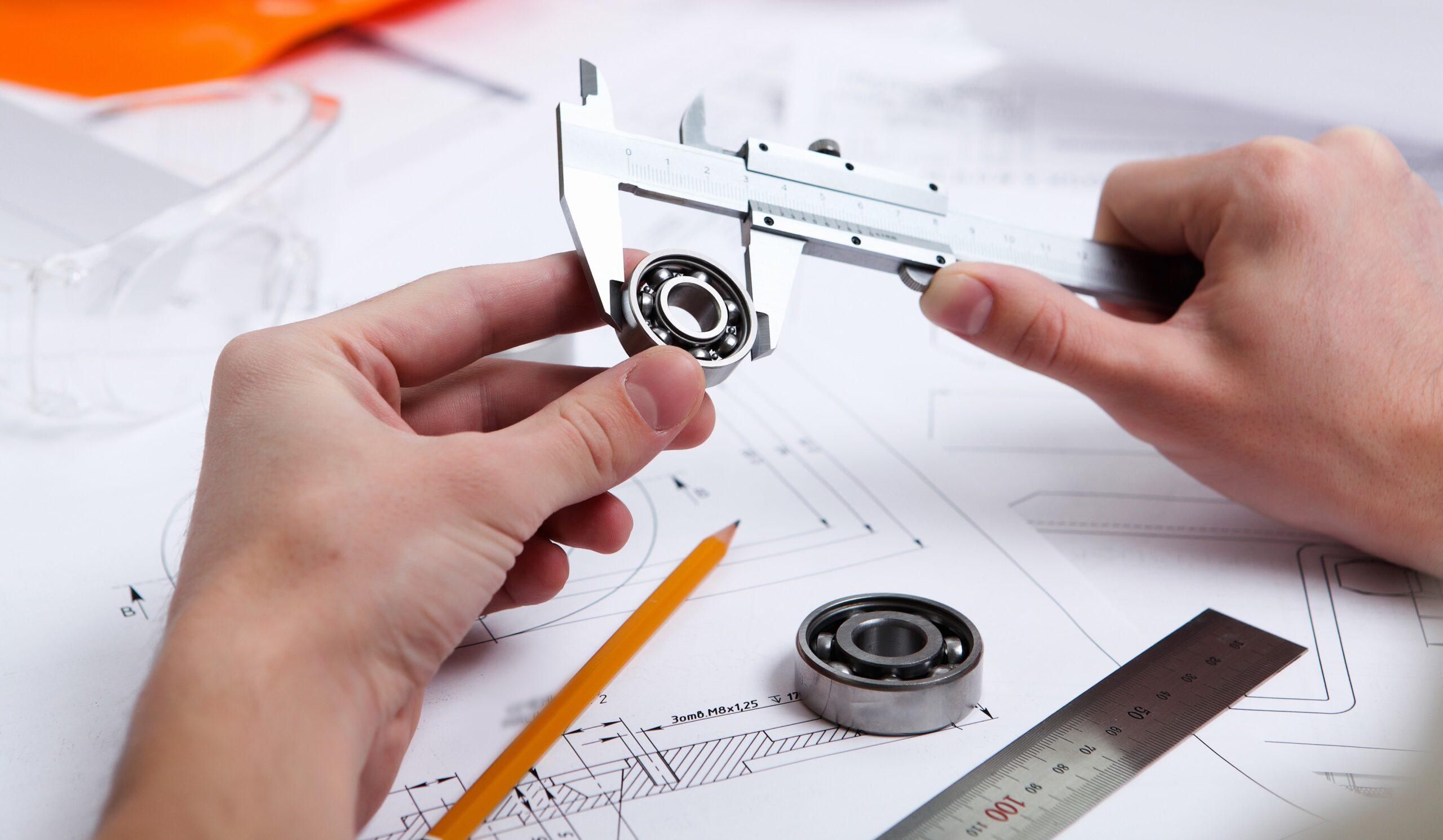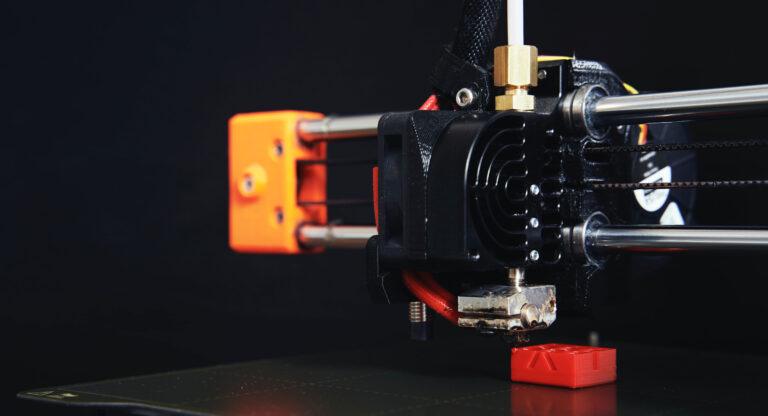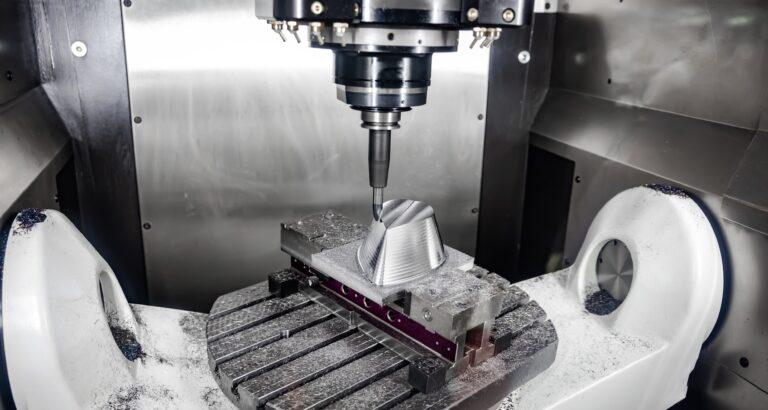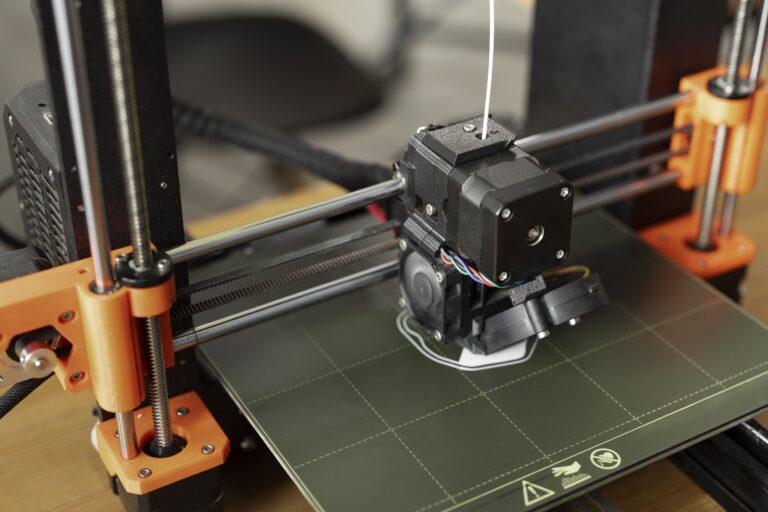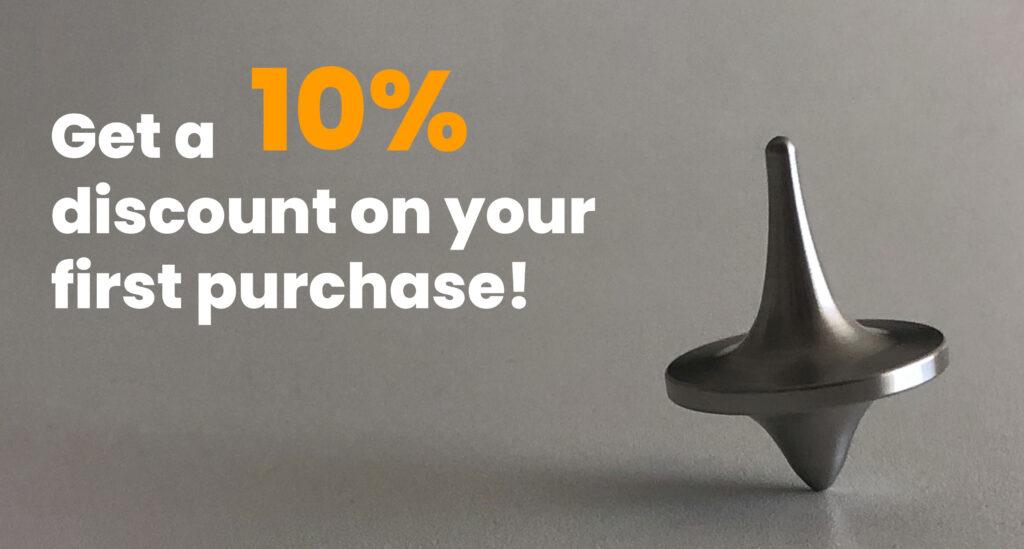In an ever-changing world, where speed and adaptability are key to the survival of any business, traditional methods of product development have become obsolete for many industries.
Today, the agile approach, known for its application in software development, is also making its way into the creation of physical products. Lean prototyping is becoming an essential strategy for those who want to innovate quickly, reduce costs and validate ideas more efficiently.
What is Lean Prototyping?
Lean Prototyping is a methodology that combines the principles of Lean thinking and agile methodologies for the development of physical products. Its main objective is to reduce the time and resources needed to transform an idea into a working prototype, allowing to validate concepts and get real feedback before investing in full-scale production.
Inspired by the concept of “Minimum Viable Product” (MVP), Lean Prototyping proposes to create early, functional versions of a product with the most essential features, allowing for real user testing and continuous improvement based on data rather than assumptions.
Key principles of the Lean approach to manufacturing parts and prototypes
The Lean approach to prototyping is not based on perfection, but on efficiency and learning. Some of its fundamental principles include:
- Rapid iteration: instead of waiting for a perfect design, successive versions are created, tested and adjusted with agility.
- Validated learning: each prototype generates valuable data on what works and what does not.
- Reduction of waste: unnecessary use of materials, time and resources is minimized.
- Interdisciplinary collaboration: designers, engineers, users and business managers work together from the start.
This methodology allows informed decisions to be made from early stages of development, avoiding costly mistakes later on.
Technologies that facilitate Lean Prototyping
The development of Lean Prototyping has been driven by the advancement of various digital manufacturing tools.
3D printing, for example, has become a key ally for rapid and cost-effective prototyping, especially useful in the early stages of design. CNC machining, on the other hand, is ideal when greater precision and functionality of parts is required. Added to this is CAD modeling in the cloud, which allows collaborative work from anywhere, speeding up design processes.
In addition, access to remote and on-demand prototyping services, such as those offered by Proto&Go!, eliminates the need for large upfront investments, facilitating constant iteration and agile learning. Thanks to this technological combination, it is possible to drastically reduce development times and increase responsiveness to market changes.
Applications and advantages for companies and startups
The versatility of Lean Prototyping makes it a valuable tool for various types of organizations. It is especially useful for hardware startups, which often operate with limited resources and need to validate their ideas quickly and at low cost. It is also ideal for R&D departments looking for a more agile way to experiment and develop new concepts, as well as for industrial companies that want to introduce innovations without radically altering their established production processes.
Among the most outstanding advantages are a significant reduction in development times, greater alignment with the real needs of users, and a substantial reduction in financial risk by detecting potential failures at an early stage. In addition, this approach fosters a culture of continuous improvement, constant learning and multidisciplinary collaboration, which is key to competing in highly changing environments.
In short, we can say that Lean Prototyping transforms the development of physical products into a much more dynamic, user-centered and continuous learning-oriented process. Thanks to the rapid manufacturing tools available today, this methodology is within the reach of both large companies and small entrepreneurs.
At Proto&Go! we support this approach by providing access to rapid prototyping technologies so that ideas don’t remain on paper. We offer the best CNC machining, 3D printing and vacuum casting of silicone molds for your parts and prototypes. You can request your quotation through the form on our website in a quick and easy way.
What are you wating for? Request your quote now!

